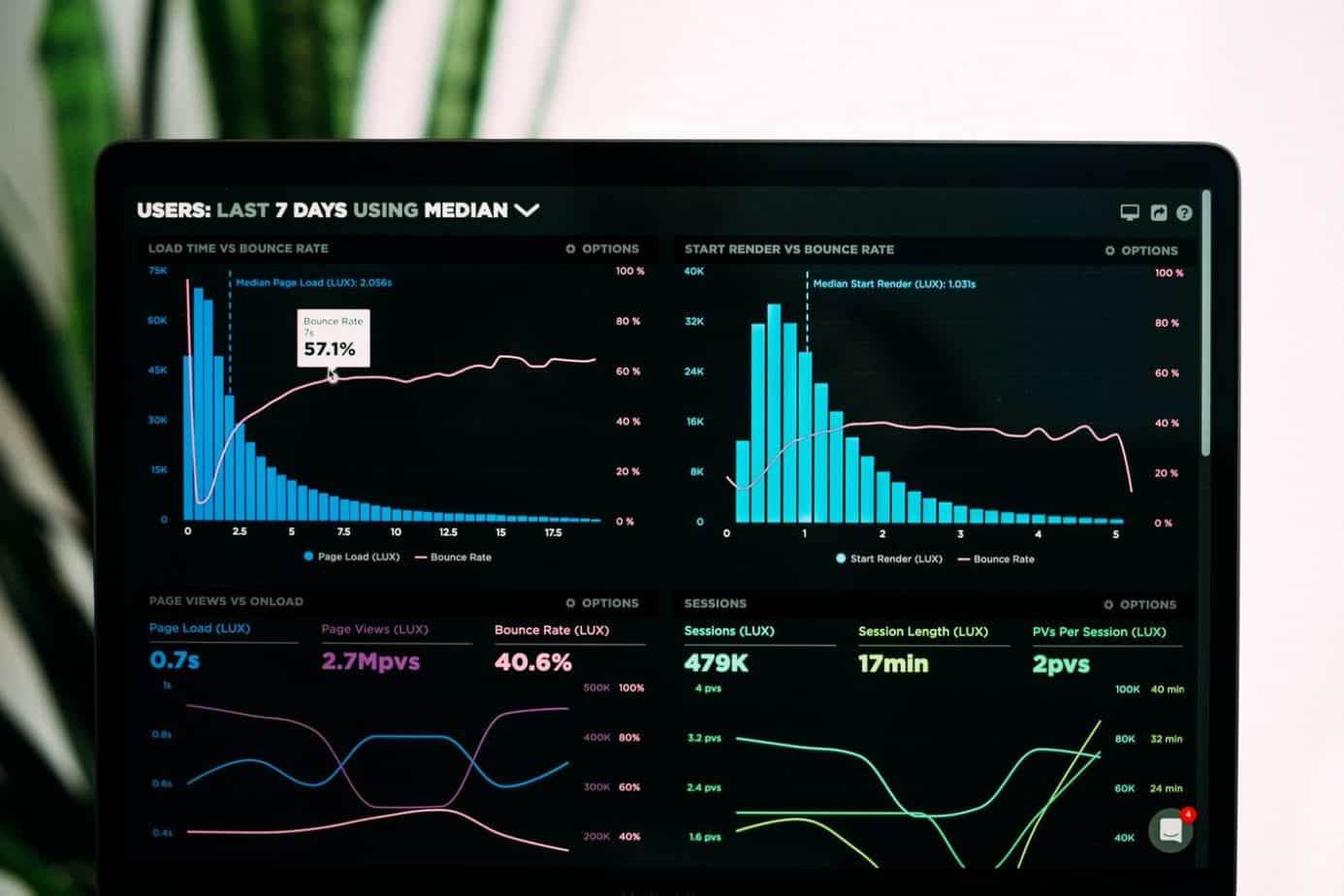The countdown to late 2023 has already begun for advertisers. That’s the timeframe Google has put in place for when they’ll remove third-party cookies from the Google Chrome browser. Last month, Chrome accounted for over 50% of all internet browser market share in the US, so unsurprisingly, this is sending major shockwaves through the advertising industry.
While, yes, the third-party cookie has historically been the gold standard for consumer data. We’re here to assure you that the news isn’t all grim In the face of this challenge, some publishers and DSPs are working on their respective identity solutions to replace third-party cookies. But while that is still sorted out, advertisers can breathe a sigh of relief knowing already another cookie solution that is readily available, reliable, valuable, and transparent: the first-party cookie.
What are first-party cookies?
First-party cookies are created and stored by the host domain of the website the consumer is visiting. These cookies allow sites to store valuable information that enhances the user experience, such as login information, language preferences, shopping cart history, and browsing history.
Because the site publisher themselves owns these cookies and they function to improve the user experience, they are generally perceived as beneficial and “good” in the realm of cookies.
How to build first-party data?
A recent study from Salesforce revealed that 83% of consumers are concerned about how their data is being used online. While attaining, using, and storing first-party information is widely viewed as a solution that combats privacy concerns, advertisers still need to keep these apprehensions in mind while implementing first-party data solutions.
No matter the route your brand decides to go when attaining, using, and storing first-party data, keep in mind these data-safety practices:
- Communicate Clearly: Tell your consumers how and where you’ll be using their data
- Give Options: Allow consumers to choose which and what and how much of their data they share with you
- Express Value: Give consumers insight into the value they will gain when sharing their data (Loyalty programs, exclusive offers, better user experience, etc.)
With these notions in mind, one of the best forms of advertising we suggest to our clients to start building or expanding their first-party data is performance marketing.
What is performance marketing?
Performance marketing flips digital advertising traditional pay-before-you-go methods on their head. When using performance marketing, the advertiser only pays for a measurable result, such as a click, form fill, app install, purchase, or lead generation.
How does it work?
- Develop an Audience: Identify profiles and behaviors by working with direct website owners to engage with potential customers in a cookie-less environment.
- Target Audience: Using contextual, behavioral, site-specific, native site placement, list segmentation, age, gender, and state/city level geo-targeting.
- Convert Customer: Consumer converts on a brand website, in-app, or other publisher websites, gaining quality consumers.
- Validate Data: Validate the email, address, and/or telephone and then monitor and filter that data for any fraud or profanity and if they already exist in historical databases.
- Delivery: Deliver customer directly into client’s CRM, ESP or DMP.
What are the benefits?
Beyond performance marketing existing without the help or need for third-party cookies, advertisers gain additional benefits when investing in this tactic.
- Low(er) Risk: Automatically reduces the risk of wasted spending because you are only paying for a specific action.
- ROI Focused: Invest in the return. Because you only pay for leads, application downloads, calls, and purchases, etc., you are solely investing in the return and results.
- Free Branding: While utilizing this pay-for-performance model, advertisers benefit from having ads shown on 1000’s websites, increasing brand recognition.
The Third-Party Cookie Workaround: 3 Things Advertisers Need to Know
As third-party cookies depreciate, digital media buying as we know it will significantly change. These shifts will make way for and increase the importance of first-party data.
Gathering first-party data allows you to understand your customers better than anything else. As you go about investing in first-party data solutions and building your databases, consider the following:
1. Relationships with publishers directly are key.
With publisher-direct media buys, you can purchase ad space based on contextual targeting. These publishers know and understand your audience, allowing you to target our desired consumers while eliminating the use of any cookie.
2. Contextual media buys will become the future.
Rather than targeting based on known behavior (gained from third-party cookies), advertisers will need to adjust to bo context-driven audience targeting.
3. First-party data is only as good as the insights you can act on from it.
Brands must understand and act on the first-party data they own. Invest in a tool or team that enables you to do this.
Digilant’s Performance Marketing Solution
As a premier omni-media digital partner, Digilant offers performance marketing solutions that help brands acquire customers, generate leads, and build their CRM. With access to premier publishers, we can run campaigns across:
- Display
- Social
- Influencer
- Content / Blog Posts
- Native
- Coupon Sites
- Loyalty Site
- Deal Sites
Our media experts work with each client to ensure their performance marketing solution is best tailor-made to achieve their specific goals. When working with Digilant, you experience the unique benefits, such as:
- We are an all-in-one omnichannel partner
- We have strategic publisher-direct relationships
- We ensure GDPR and CCPA compliant
- We protect your budget from unqualified leads or traffic
Are you interested in learning more about building your first-party data with performance marketing? Contact us today.




